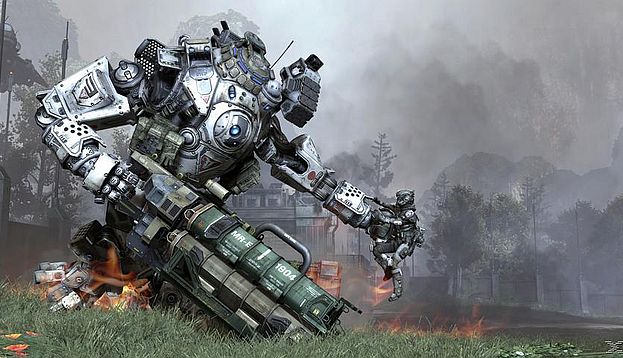Video game critics came under fire this year, now more than ever, following the rise of the #GamerGate hashtag on social networks and the questionability of certain reviews of products, especially those with embargo-based materials like Assassin’s Creed Unity. However, according to an article from GamesIndustry International, reviewers’ game scores still make quite a difference.
EEDAR believes that is the case, despite some feedback from certain folks, like COO of Double Fine Games, Justin Bailey, explaining that opinion on sites like Metacritic “doesn’t really matter, as far as sales of the game.”
Some look to such sites to measure the quality of a game, based upon reviewers’ opinions of certain aspects. As such, financial success can often be achieved even without their impact. Destiny and Titanfall are two such examples of this managing to be bet-sellers despite the fact that they faced review scores that were below publishers’ expectations. As a result, some may feel that certain critics look at the wrong things when it comes to reviewing a game, such as Titanfall‘s lack of a single player campaign — even though it was built as a multiplayer experience from the ground up.
EEDAR conducted a recent analysis to look into the relationship between sales and review scores, with the chart posted below, showing the correlation between the two. Review codes continue to show some form of validity, showing “strong” tie-ins with sales, even though this generation of games has shown a decline in strength of relationship between the two, compared to the last generation of consoles. The chart below clearly shows this.

Another chart posted by the company, featured below, also discusses unit sales performances by review score brand, once again divided between the previous and current console generation. As you can see, there have been a rise in numbers between the 80-86 score bracket, while those 87 and higher have been fewer and far between over the past few years. However, there’s still a rise in more positive review numbers than those that drop below 70, as indicated by the red markers on the chart.

EEDAR broke it down even further in GamesIndustry‘s article. “While there is clearly a penalty for achieving a low review score for an Existing IP in the 60s or even the 70s, there is less of a strong relationship between achieving a breakout review score in the high 80s or 90s and breakout success. The sales performance score for 8th generation Existing IPs is approximately the same between games with an average review score between 80 and 86 and games with an average review score of over 87,” it explains.
“The data for both Existing and New IPs suggests a common theme – 80s are the new 90s. While achieving a breakout review score does not appear to be as critical as it used to be, it is still important to release an HD console game that reaches a certain threshold of critically-determined quality.”
EEDAR’s findings overall indicate that the average review score remains vital for game releases, and some consumers still reflect them when it comes to making purchases, particularly on new titles that they remain unsure of. It’ll be interesting to see if this generation can catch up on higher-rated releases, though.

